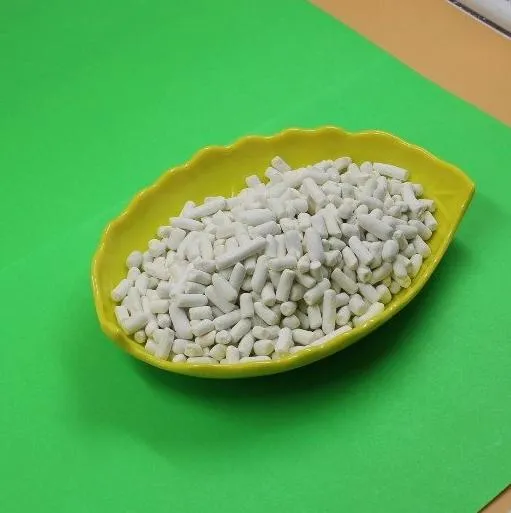Warning: Undefined array key "title" in /home/www/wwwroot/HTML/www.exportstart.com/wp-content/themes/1198/header.php on line 6
Warning: Undefined array key "file" in /home/www/wwwroot/HTML/www.exportstart.com/wp-content/themes/1198/header.php on line 7
Warning: Undefined array key "title" in /home/www/wwwroot/HTML/www.exportstart.com/wp-content/themes/1198/header.php on line 7
Warning: Undefined array key "title" in /home/www/wwwroot/HTML/www.exportstart.com/wp-content/themes/1198/header.php on line 7
Oct . 02, 2024 02:15 Back to list
Enhancing Sauce Texture and Stability with Xanthan Gum in Culinary Applications
Using Xanthan Gum in Sauces for Improved Texture and Stability
Xanthan gum is a well-known food additive that has gained popularity in the culinary world for its ability to enhance texture and mouthfeel. Derived from the fermentation of glucose or sucrose by the bacteria *Xanthomonas campestris*, xanthan gum is a polysaccharide that functions as a thickening agent, stabilizer, and emulsifier. Its unique properties make it an invaluable ingredient in a variety of sauces, enabling chefs and home cooks alike to elevate the quality of their culinary creations.
One of the primary advantages of using xanthan gum in sauces is its remarkable thickening ability. Unlike traditional thickeners such as cornstarch or flour, xanthan gum works effectively in both hot and cold preparations. This versatility is particularly beneficial in sauces that require a stable consistency regardless of temperature. For instance, when crafting a salad dressing or a sauce that will be served cold, xanthan gum ensures that the mixture retains its desired thickness without separation or dilution.
Another significant benefit of xanthan gum is its ability to improve texture. In sauces, achieving the ideal mouthfeel is crucial, as it can greatly influence the overall dining experience. Xanthan gum imparts a smooth, velvety texture that enhances sauces ranging from creamy dressings to savory gravies. This is especially important in modern gastronomy, where texture plays a pivotal role in flavor perception. A well-textured sauce can elevate the taste of the dish, making it richer and more enjoyable.
Moreover, xanthan gum acts as an excellent stabilizer, preventing the ingredients in sauces from separating over time. This is an essential property for sauces that often contain oil and vinegar, such as vinaigrettes or emulsified sauces like hollandaise. By incorporating xanthan gum, the emulsion remains intact, leading to a consistent flavor and appearance throughout its shelf life. This stability is particularly advantageous for food manufacturers who require products that maintain quality during storage and transportation.
'using xanthan gum in sauces for improved texture and ...'

In addition to its functional attributes, xanthan gum is also gluten-free, making it an ideal option for those with dietary restrictions. As more consumers seek gluten-free alternatives, xanthan gum provides a resourceful solution for creating sauces that cater to various dietary needs. This ability to thicken and stabilize without gluten opens up a range of possibilities for chefs handling gluten-free recipes.
When utilizing xanthan gum, it is important to consider the correct dosage. Typically, a small amount—ranging from 0.5% to 2% of the total weight of the liquid used—can achieve the desired thickness. Overusing xanthan gum can result in an overly viscous or gel-like sauce, overwhelming the intended flavor profile. Therefore, careful measurement and gradual incorporation are crucial to achieve optimal results.
As with any ingredient, experimenting with xanthan gum can lead to new and exciting culinary discoveries. Chefs can try incorporating it into various sauces, from classic marinades to innovative fusion creations. The versatility of xanthan gum allows for a range of applications, including gluten-free pasta sauces, fruit-based sauces, and even dessert sauces.
In conclusion, xanthan gum is an invaluable asset in the world of sauce-making. Its ability to enhance texture, stabilize emulsions, and adapt to various dietary needs makes it a must-have ingredient for chefs and home cooks. By understanding how to incorporate xanthan gum effectively, one can create sauces that not only look appealing but also offer a delightful eating experience. Whether preparing a simple vinaigrette or a complex reduction, xanthan gum can serve as a secret ingredient that transforms a standard sauce into an exceptional one.
Latest news
-
Certifications for Vegetarian and Xanthan Gum Vegetarian
NewsJun.17,2025
-
Sustainability Trends Reshaping the SLES N70 Market
NewsJun.17,2025
-
Propylene Glycol Use in Vaccines: Balancing Function and Perception
NewsJun.17,2025
-
Petroleum Jelly in Skincare: Balancing Benefits and Backlash
NewsJun.17,2025
-
Energy Price Volatility and Ripple Effect on Caprolactam Markets
NewsJun.17,2025
-
Spectroscopic Techniques for Adipic Acid Molecular Weight
NewsJun.17,2025

